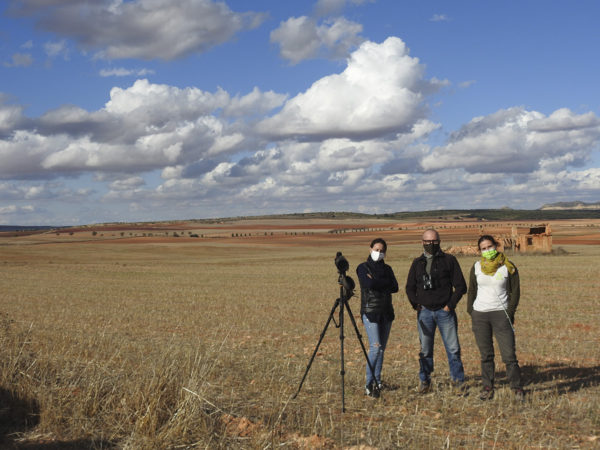Fabulous News – Greater Flamingo Breeds Successfully in Alicante.

A combination of factors have combined to provide the ideal conditions for Greater Flamingo to breed successfully at one of Alicante´s salt marshes for the first time in 37 years! This site is one that we usually include in our multi-day birding breaks and is very reliable for Greater Flamingo, but the news that they have been able to successfully breed there is delightful. More about the factors that have provided such ideal conditions… In January of this year, the region suffered from huge storms with incredibly high rainfall. Following this, early Spring in Alicante was also much wetter than usual. This resulted in the water levels at all wetland sites increasing, but as this sudden increase was due to rainfall, it also reduced the salinity of the water. The reduction in salinity then resulted in a huge increase in the population of the brine shrimp Artemia salina, the principal food of Greater Flamingo. The birds also enjoyed a period of relative calm, firstly as there were far fewer humans around because of the Corona Virus lockdown, and secondly because predators such as foxes could not get close to the…






